Discovering that your LG dryer isn’t heating can be frustrating, especially when you’re relying on it to dry your laundry efficiently. However, understanding the potential reasons behind this issue and implementing appropriate solutions can help you restore heat and get your dryer back in working order. This guide aims to explore common causes of a LG dryer not heating and provide practical solutions to address the problem.
LG dryer dryer won’t heat
- Home
- LG dryer dryer won’t heat
Our Services
Appliance Installation
Dryer Repair
- Fix Kenmore dryer
- Maytag dryer repair
- Whirlpool dryer no power
- Whirlpool dryer won’t spin
- Whirlpool dryer won’t tumble
- Whirlpool dryer won’t start
- Whirlpool dryer takes too long to dry
- Whirlpool dryer noisy
- Whirlpool dryer won’t heat
- LG dryer excessive lint
- LG Dryer no power
- LG dryer won’t spin
- LG dryer won’t tumble
- LG dryer won’t start
- LG dryer takes too long to dry
- LG dryer noisy
- LG dryer dryer won’t heat
- Samsung dryer excessive lint
- Samsung dryer no power
- Samsung dryer won’t spin
- Samsung dryer won’t tumble
- Samsung dryer won’t start
- Samsung dryer takes too long to dry
- Samsung dryer noisy
- Samsung dryer no heat
Fridge Repair
- Fridge flashing fridge no power
- Fridge door handle loose
- Fridge making noise
- Fridge noisy
- Fridge freezes food
- Fridge lights won’t turn on
- Fridge over cooling
- Fridge to warm
- Fridge leaking water
- Fridge not cooling
Washer Repair
- Blomberg washer repair
- Kenmore washer repair
- Maytag washer error
- Whirlpool washer error
- Samsung washer 1 LC error
- Samsung washer 110 error
- Samsung washer lc1 error
- Samsung washer 1C error
- Samsung washer Le error
- Samsung washer 1e error
- LG washer CL error
- LG washer SE error
- LG washer te error
- LG washer PE error
- LG washer Le error
- LG washer IE error
- LG washer OE error
- LG washer de error
- Washer unbalance
- Washer shakes
- Washer smoking
- Washer won’t drain
- Washer door seal replacement
- Washer bearings
- Washer won’t spin
- Washer fills but does not agitate
- Washer Won’t Start
- Washer Leaks
- Washer Repair Services
- Washer no power
- Washer Loud
- Washer Noisy When Spinning
About for Appliance Repair
At Appliance Repair – Guelph, we specialize in expert Appliance Repair – Guelph and installation services. With skilled technicians and a dedication to excellence, we ensure seamless operation for all your home appliances. Trust us for efficient solutions and unparalleled customer satisfaction.
Get in touch
How Can We Help?
If you need any help, please feel free to contact us.

LG dryer dryer won’t heat
Related Services
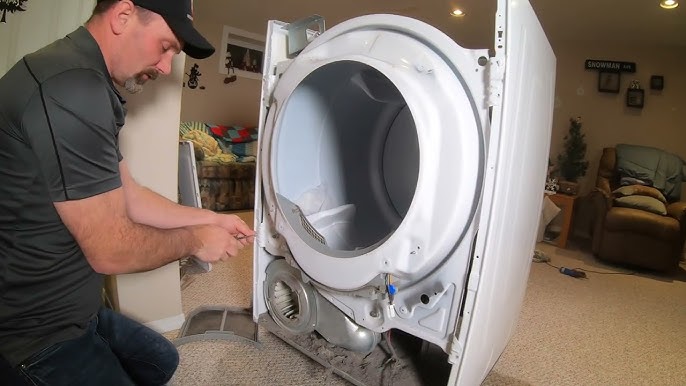
Fix Kenmore dryer
A malfunctioning Kenmore dryer can be a significant inconvenience, but many common issues can be resolved with some basic troubleshooting […]
Read More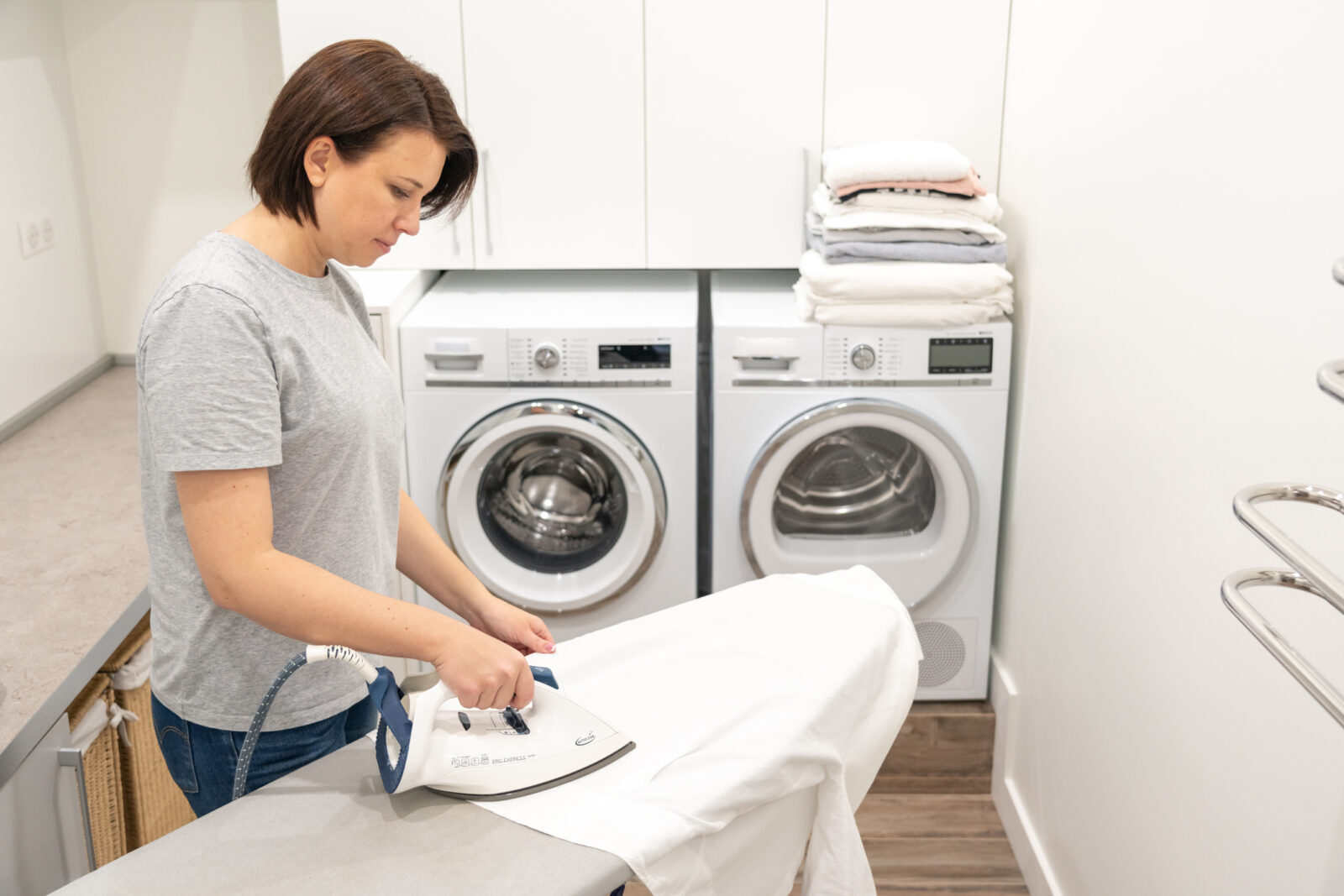
Maytag dryer repair
A malfunctioning Maytag dryer can be a significant inconvenience, disrupting your laundry routine. This guide provides a comprehensive overview of […]
Read More
Whirlpool dryer no power
Dealing with a Whirlpool dryer that has no power can be frustrating and inconvenient. However, understanding the potential causes and […]
Read More
Whirlpool dryer won’t spin
A Whirlpool dryer that won’t spin can disrupt your laundry routine, leaving clothes damp and in need of drying. Understanding […]
Read More
Whirlpool dryer won’t tumble
A Whirlpool dryer that won’t tumble can be a major inconvenience, leaving your clothes wet and your laundry routine disrupted. […]
Read More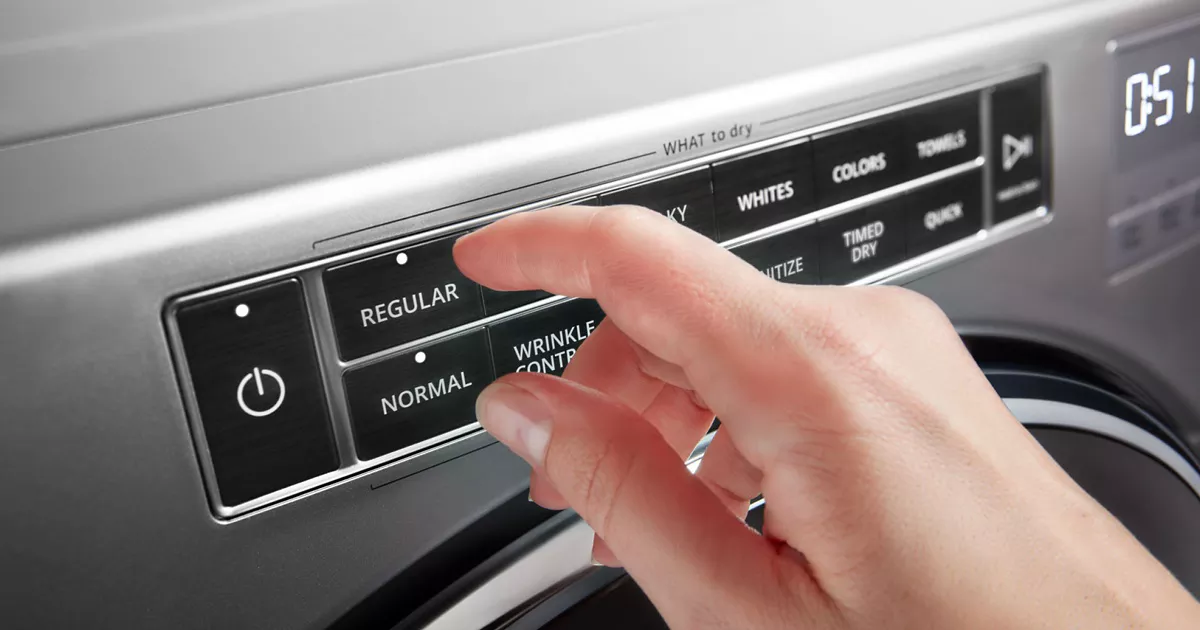
Whirlpool dryer won’t start
Facing the frustration of a Whirlpool dryer that won’t start can be a major inconvenience. However, with a bit of […]
Read More
Whirlpool dryer takes too long to dry
Is your laundry routine being disrupted by a Whirlpool dryer that takes forever to dry clothes? Don’t let prolonged drying […]
Read More
Whirlpool dryer noisy
Is your Whirlpool dryer making unusual noises that disrupt your peace at home? Don’t let the racket drive you crazy! […]
Read More
Whirlpool dryer won’t heat
Are you facing the frustration of a Whirlpool dryer that’s not heating up? Don’t worry; we’ve got you covered! Here’s […]
Read More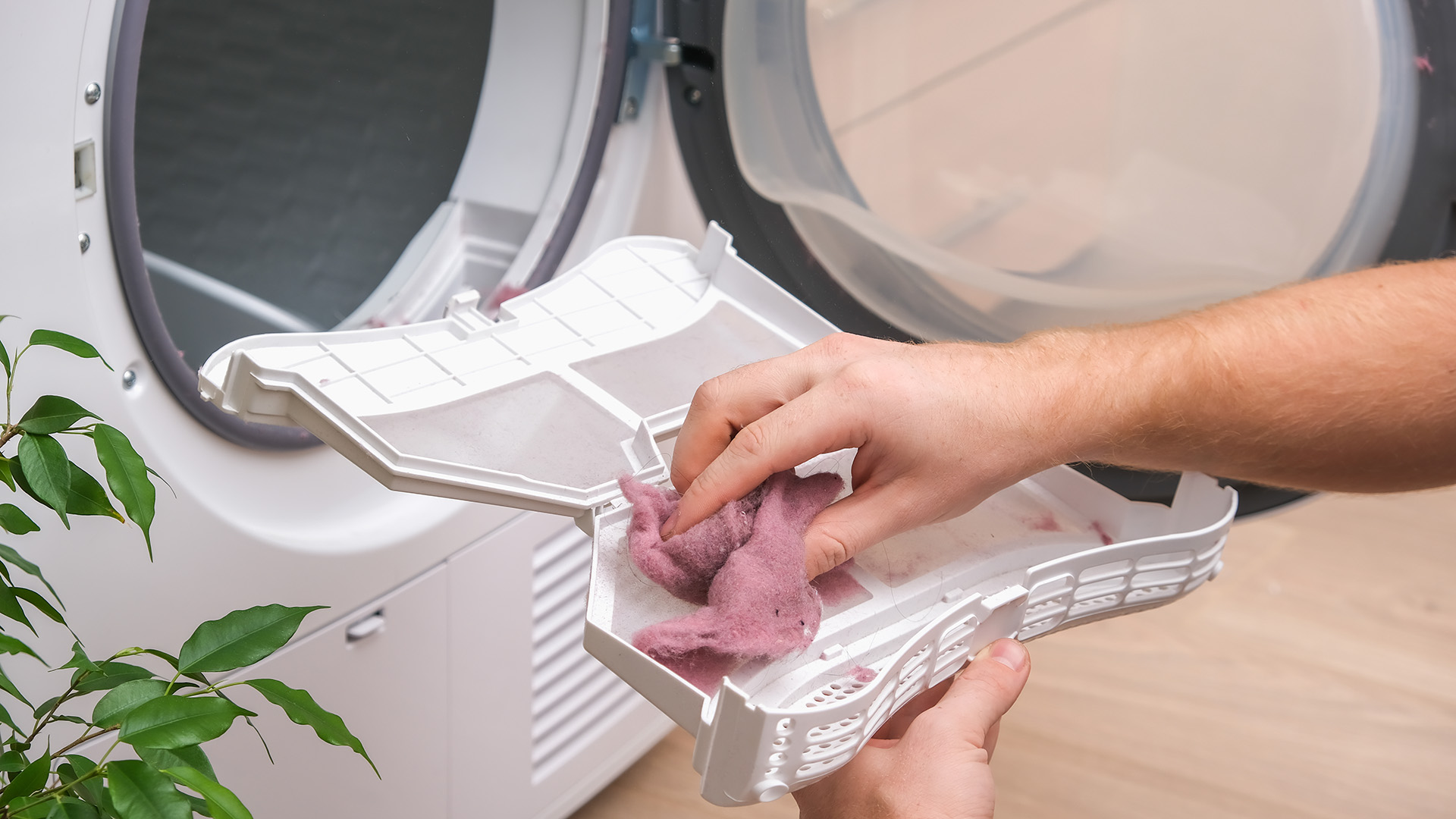
LG dryer excessive lint
Experiencing excessive lint buildup in your LG dryer can be not only frustrating but also hazardous. Here’s an in-depth guide […]
Read More
LG Dryer no power
Discovering that your LG dryer has no power can be frustrating, especially when you’re ready to start your laundry. However, […]
Read More
LG dryer won’t spin
Discovering that your LG dryer won’t spin can be frustrating, especially when you have a load of laundry waiting to […]
Read More
LG dryer won’t tumble
Discovering that your LG dryer won’t tumble can be frustrating, as it prevents your laundry from drying properly. However, there […]
Read More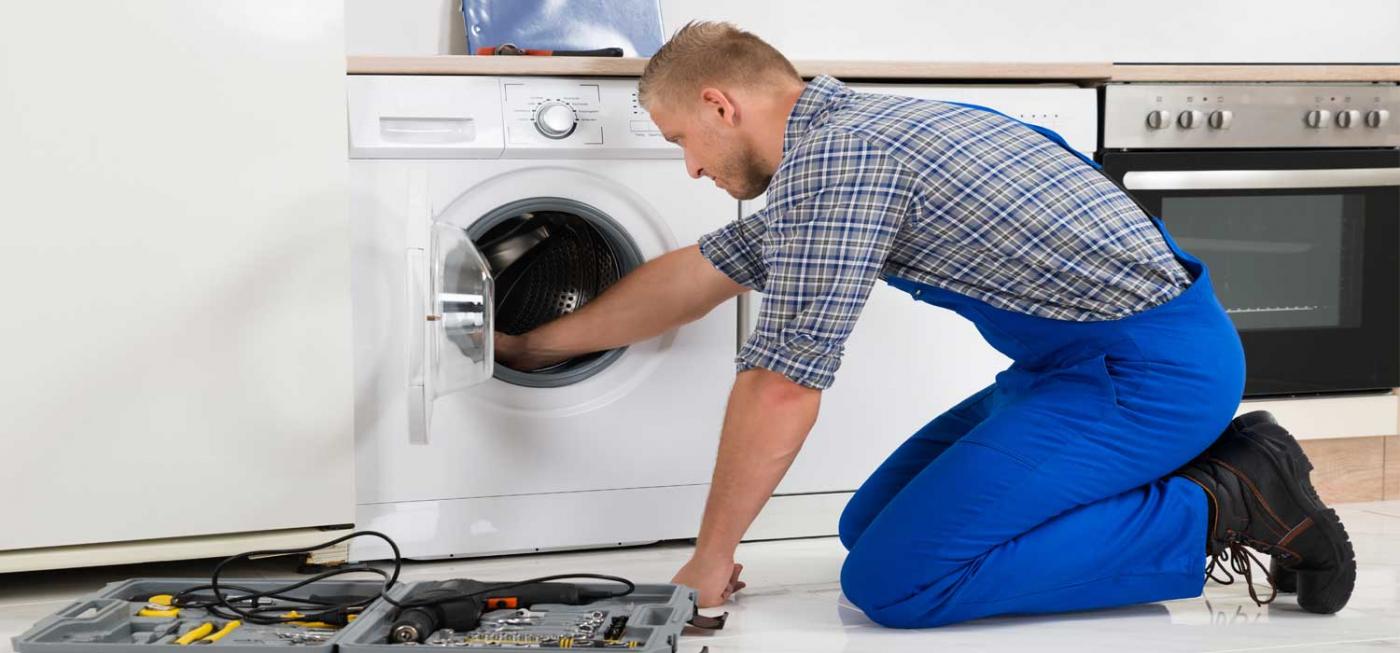
LG dryer won’t start
Discovering that your LG dryer won’t start can be frustrating, especially when you have a load of laundry waiting to […]
Read More
LG dryer takes too long to dry
Dealing with a LG dryer that takes excessively long to dry clothes can be frustrating and inconvenient. Not only does […]
Read More
LG dryer noisy
A noisy LG dryer can be a nuisance, disrupting your home environment and indicating potential issues with the appliance. However, […]
Read More
LG dryer dryer won’t heat
Discovering that your LG dryer isn’t heating can be frustrating, especially when you’re relying on it to dry your laundry […]
Read More
Samsung dryer excessive lint
Discovering excessive lint buildup in your Samsung dryer can be concerning, as it not only affects the appliance’s efficiency but […]
Read More
Samsung dryer no power
Discovering that your Samsung dryer has no power can be a frustrating experience, especially when you’re relying on it to […]
Read More
Samsung dryer won’t spin
A Samsung dryer that refuses to spin can be a frustrating problem, leaving you with a load of damp laundry […]
Read More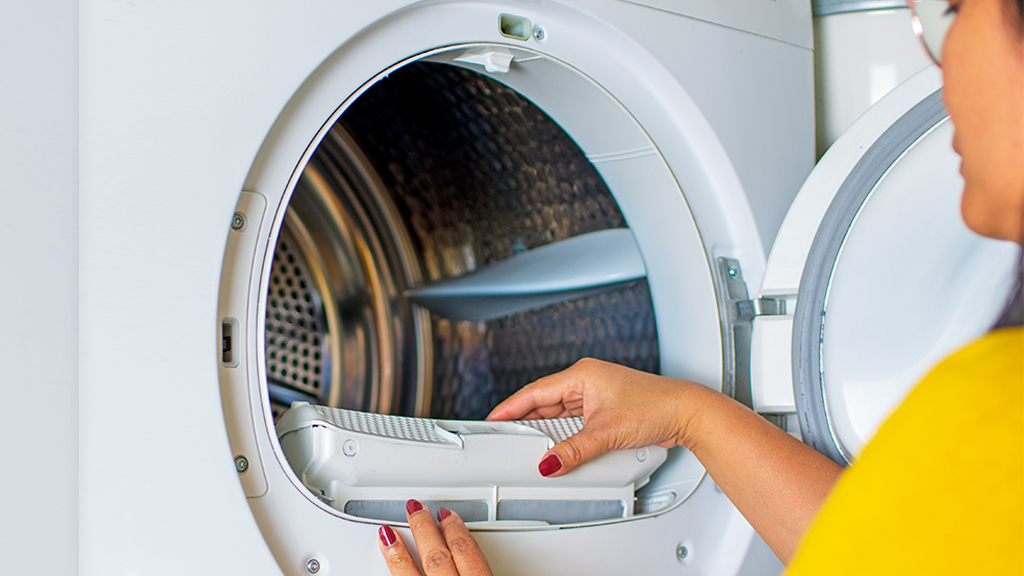
Samsung dryer won’t tumble
A Samsung dryer that won’t tumble can bring your laundry routine to a halt. Whether it’s due to a mechanical […]
Read More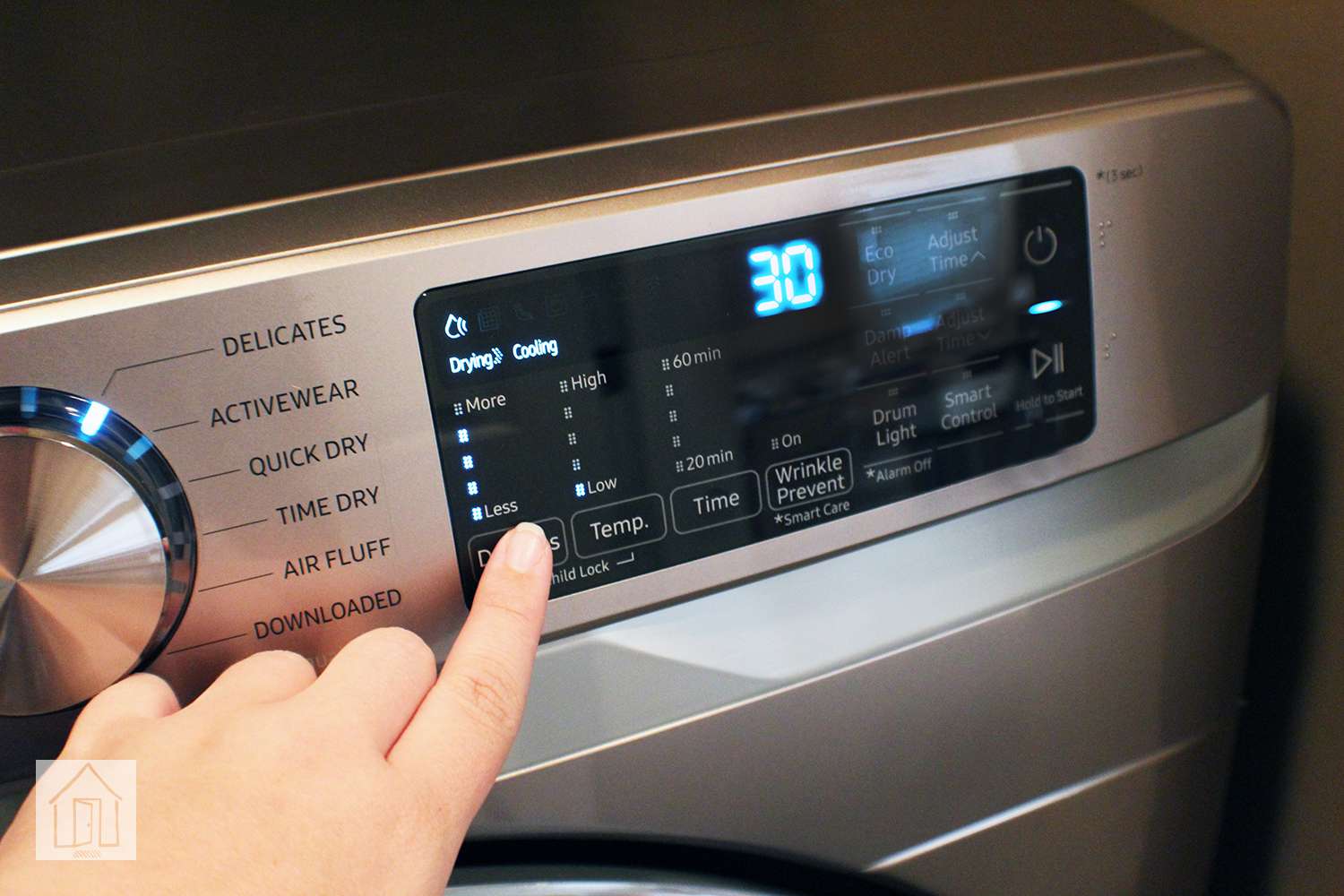
Samsung dryer won’t start
A dryer that refuses to start can disrupt your routine and leave you with damp laundry piling up. When faced […]
Read More
Samsung dryer takes too long to dry
A dryer that takes too long to dry clothes can be frustrating and inefficient. If your Samsung dryer is experiencing […]
Read More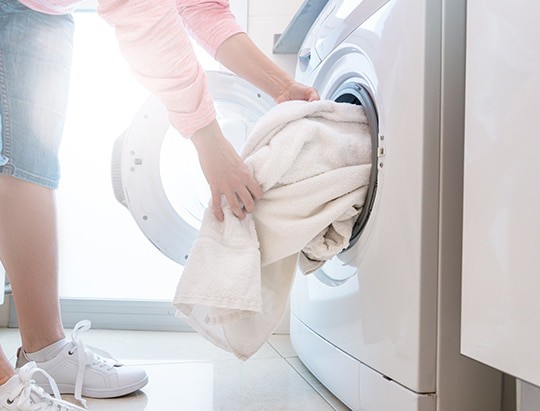
Samsung dryer noisy
A noisy dryer can be more than just an annoyance; it might indicate underlying issues that need attention. If your […]
Read More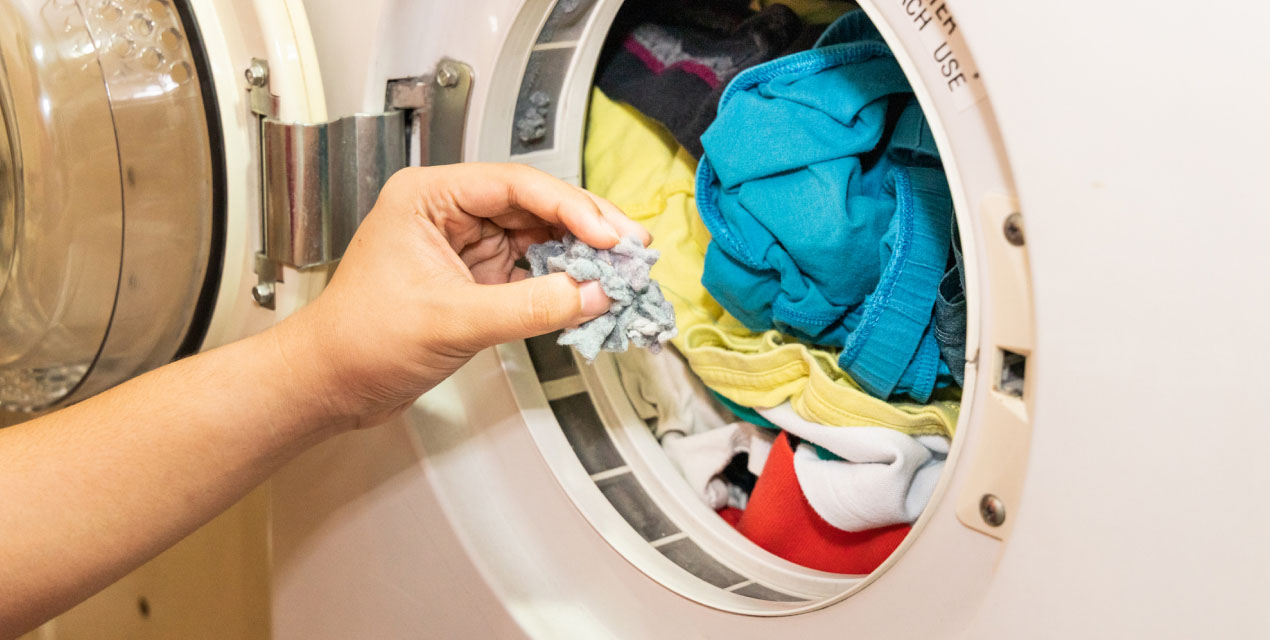
Samsung dryer no heat
Is your Samsung dryer failing to produce heat? A dryer that doesn’t heat up can be frustrating, but before you […]
Read MoreCommon Causes and Solutions for a LG Dryer That Won’t Heat:
- Faulty Heating Element:
- Cause: A defective heating element is one of the most common reasons why a dryer fails to produce heat. Over time, the heating element may wear out or develop breaks, preventing it from generating heat.
- Solution: Inspect the heating element for any visible signs of damage, such as breaks or burns. If the element is faulty, it will need to be replaced with a new one to restore heat to the dryer.
- Thermal Fuse Failure:
- Cause: The thermal fuse is a safety device that shuts off power to the heating element if the dryer overheats. If the thermal fuse blows, it will interrupt the heating cycle and prevent the dryer from producing heat.
- Solution: Test the thermal fuse for continuity using a multimeter. If the fuse fails the continuity test, it will need to be replaced with a new one to restore heat to the dryer. Additionally, investigate and address the underlying cause of the overheating to prevent future fuse failures.
- Faulty High-Limit Thermostat:
- Cause: The high-limit thermostat is another safety device that regulates the dryer’s temperature. If the thermostat malfunctions, it may not allow the heating element to operate, resulting in a lack of heat.
- Solution: Test the high-limit thermostat for continuity using a multimeter. If the thermostat fails the continuity test, it should be replaced with a new one to restore heat to the dryer.
- Blocked Ventilation System:
- Cause: A clogged or restricted ventilation system can impede airflow and cause the dryer to overheat, triggering the thermal fuse to blow and resulting in no heat production.
- Solution: Check the vent duct and exhaust hood for any obstructions or blockages, such as lint buildup or debris. Clear any obstructions and ensure that the vent duct is properly connected and free of kinks or bends to allow for adequate airflow.
- Faulty Gas Valve Solenoid (Gas Dryers Only):
- Cause: In gas dryers, the gas valve solenoid controls the flow of gas to the burner assembly. If one or more solenoids are faulty, the dryer may not produce heat.
- Solution: Test the gas valve solenoids for continuity using a multimeter. If any of the solenoids fail the continuity test, they should be replaced to restore heat to the dryer.
Preventing Future Heat Issues in LG Dryers:
- Regular Maintenance:
- Clean the lint filter before every use to prevent lint buildup.
- Inspect and clean the vent duct and exhaust hood regularly to ensure proper airflow.
- Vacuum or wipe down the interior of the dryer to remove any accumulated lint or debris.
- Proper Use:
- Avoid overloading the dryer, as this can restrict airflow and cause overheating.
- Use the appropriate drying cycle and temperature settings for the type of laundry being dried.
- Routine Inspections:
- Check the heating element, thermal fuse, high-limit thermostat, and other components regularly for signs of wear or damage.
- Monitor the dryer’s performance and address any issues promptly to prevent further damage or malfunction.
Conclusion:
Troubleshooting a LG dryer that won’t heat requires identifying and addressing the underlying causes of the problem. By inspecting and testing key components such as the heating element, thermal fuse, high-limit thermostat, and ventilation system, you can determine the source of the issue and implement appropriate solutions to restore heat to the dryer. Regular maintenance, proper usage practices, and routine inspections are essential for preventing future heat-related issues and ensuring the longevity and efficiency of your LG dryer.
Frequently Asked Question
Why is my LG dryer not producing any heat?
There are several potential reasons why an LG dryer may not produce heat, including a faulty heating element, thermal fuse failure, high-limit thermostat malfunction, blocked ventilation system, or defective gas valve solenoid (in gas dryers).
How can I troubleshoot my LG dryer if it's not heating?
Start by checking the lint filter for any obstructions and ensuring that the vent duct and exhaust hood are clear of lint buildup or debris. Test the heating element, thermal fuse, and high-limit thermostat for continuity using a multimeter. Additionally, inspect the gas valve solenoids (if applicable) for proper operation.
What should I do if the heating element in my LG dryer is faulty?
If the heating element is defective, it will need to be replaced with a new one to restore heat to the dryer. You can purchase a replacement heating element from an authorized LG parts distributor and follow the manufacturer’s instructions for installation.
How do I test the thermal fuse and high-limit thermostat in my LG dryer?
Use a multimeter to test the thermal fuse and high-limit thermostat for continuity. If either component fails the continuity test, it will need to be replaced with a new one to restore heat to the dryer.
Can a blocked ventilation system cause my LG dryer to stop heating?
Yes, a clogged or restricted ventilation system can impede airflow and cause the dryer to overheat, resulting in a lack of heat production. It’s essential to regularly clean the vent duct and exhaust hood to ensure proper airflow.
Is it safe to continue using my LG dryer if it's not producing heat?
It’s not recommended to continue using a dryer that isn’t producing heat, as it may indicate underlying issues that could pose safety hazards or cause further damage to the appliance. It’s best to address the problem promptly to avoid potential risks.
How can I prevent future heating issues with my LG dryer?
Regular maintenance, such as cleaning the lint filter, vent duct, and exhaust hood, can help prevent heating issues. Additionally, avoid overloading the dryer and use the appropriate drying cycle and temperature settings for the type of laundry being dried.
Can I replace the heating element and other components in my LG dryer myself?
Replacing components like the heating element, thermal fuse, and high-limit thermostat typically requires basic tools and DIY experience. However, if you’re unsure or uncomfortable with the process, it’s best to seek assistance from a professional technician to ensure the repair is done correctly.
